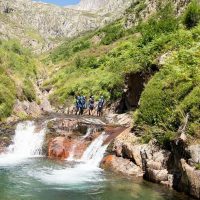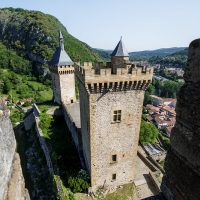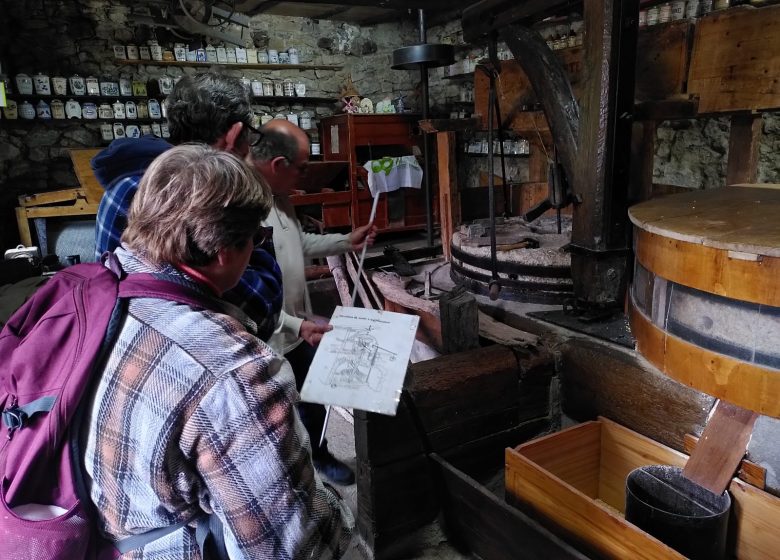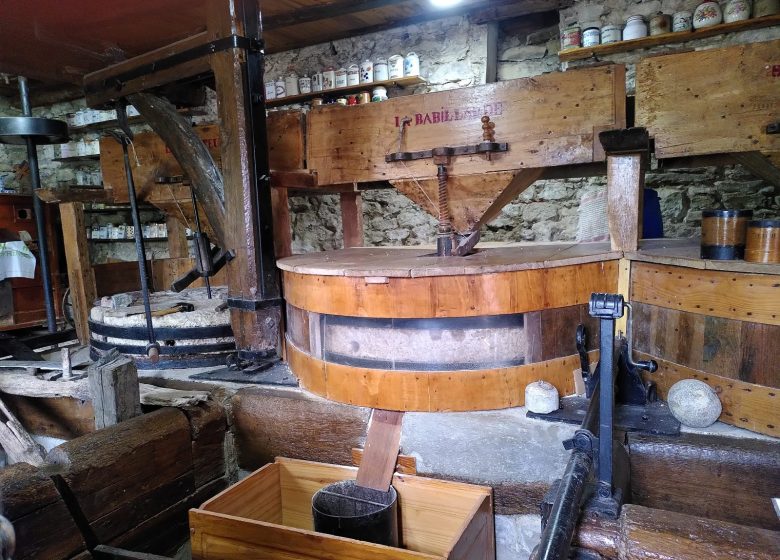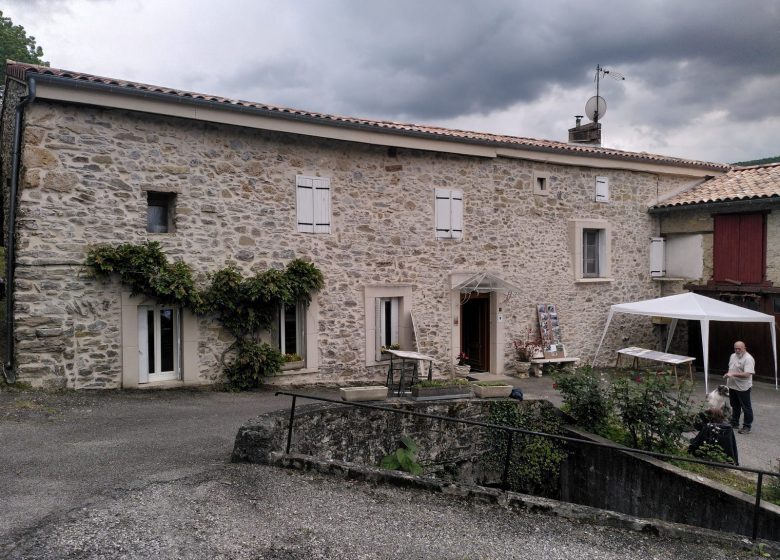The Neylis mill dates back to at least the XNUMXth century as it is mentioned in a text from that time. It is built on land belonging to the lord of Lévis-Mirepoix and has a man-made supply channel, fed by the causeway located across the Douctouyre river.
Then, in his will drawn up on October 5, 1388, Roger Bernard de Lévis 1er renewed in favor of the monastery of Lagrasse, the donation of the castle and place of Lavelanet, the localities of Dreuilhe, Péreille and Sautel, Ilhat, Roquefort, des Issards, from the forest of Pichevaque and the mills of Carla de Roquefort.
Other traces of the bladier (flour) mill appear in a reconnaissance of 1499.
The feudal recognitions of the seigniory of Carla, for the benefit of Louis François Marie Gaston count of Lévis of December 24, 1751, recall that the lord had two banal flour mills in which all the inhabitants of the place were required to grind their grains.
During the Revolution, Louis François Marie Gaston left France for Italy. His possessions were seized and sold as national property. In 1794, in the district of Tarascon, Fournié and Subra left the mill to Marc Expert. In 1839, Joseph Chryostome Clotes and Alexandre Vidal had their property leveled. From September 25, 1862, the Neylis mill became part of the Pujol family's heritage, Bertrand Pujol and his wife Elisabeth Sarda having acquired it by auction. One of the descendants, Robert Pujol, kept it until 1972, then selling it to Roger Allard.
Restoration work was undertaken in 1857 by the Pujol family and then by the current owners with the insulation of the ceiling, the installation of insulating windows and the exterior embellishment, thus giving another aspect of the place, flowery and visible from the road.
The Neylis mill, which operated until 1971, is part of the village's historical heritage and is a great discovery for visitors.
Location
Cathar Pyrenees


